
Deutsch-Chinesische Enzyklopädie, 德汉百科
 Canada
Canada

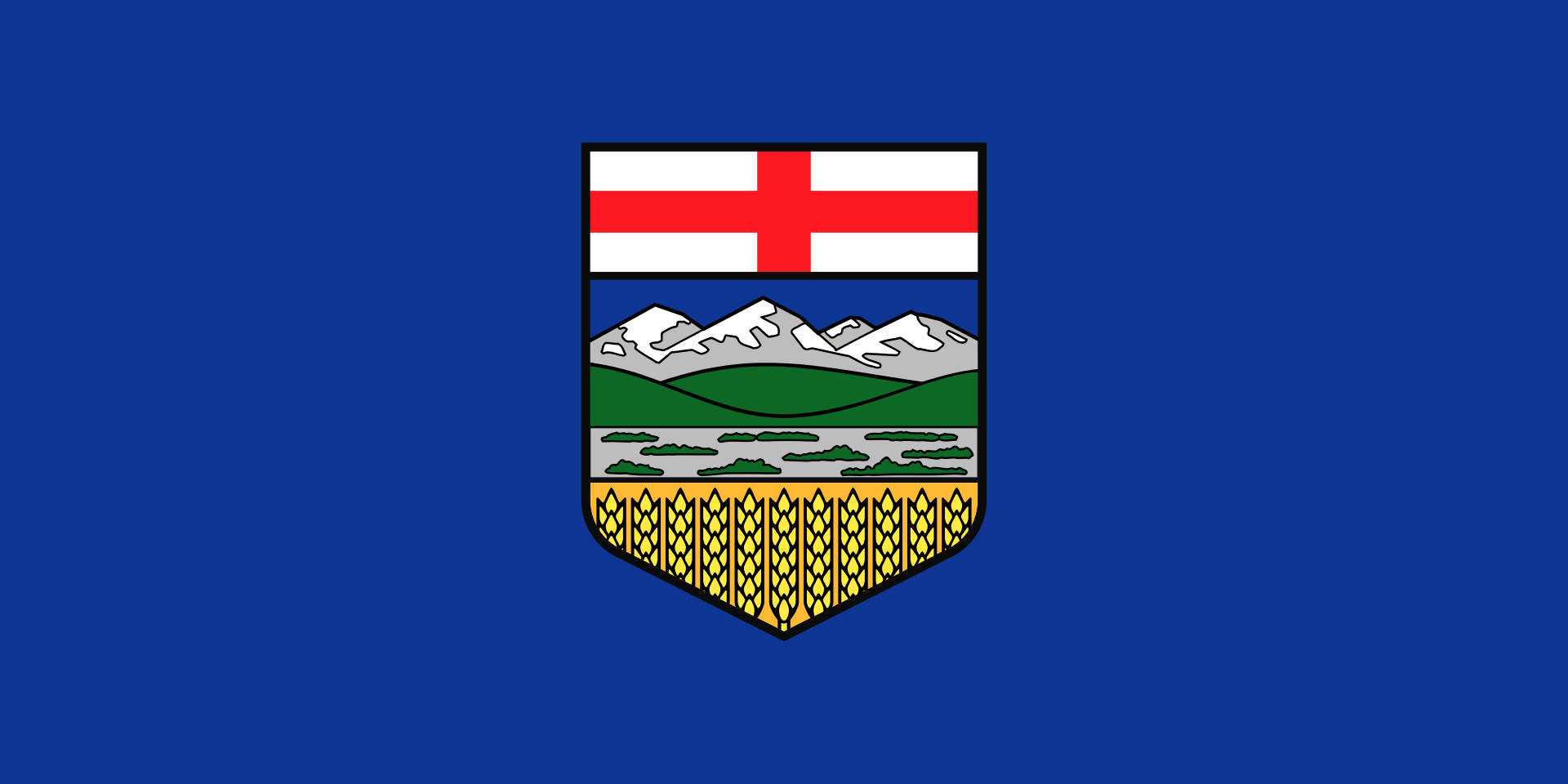 Alberta-AB
Alberta-AB

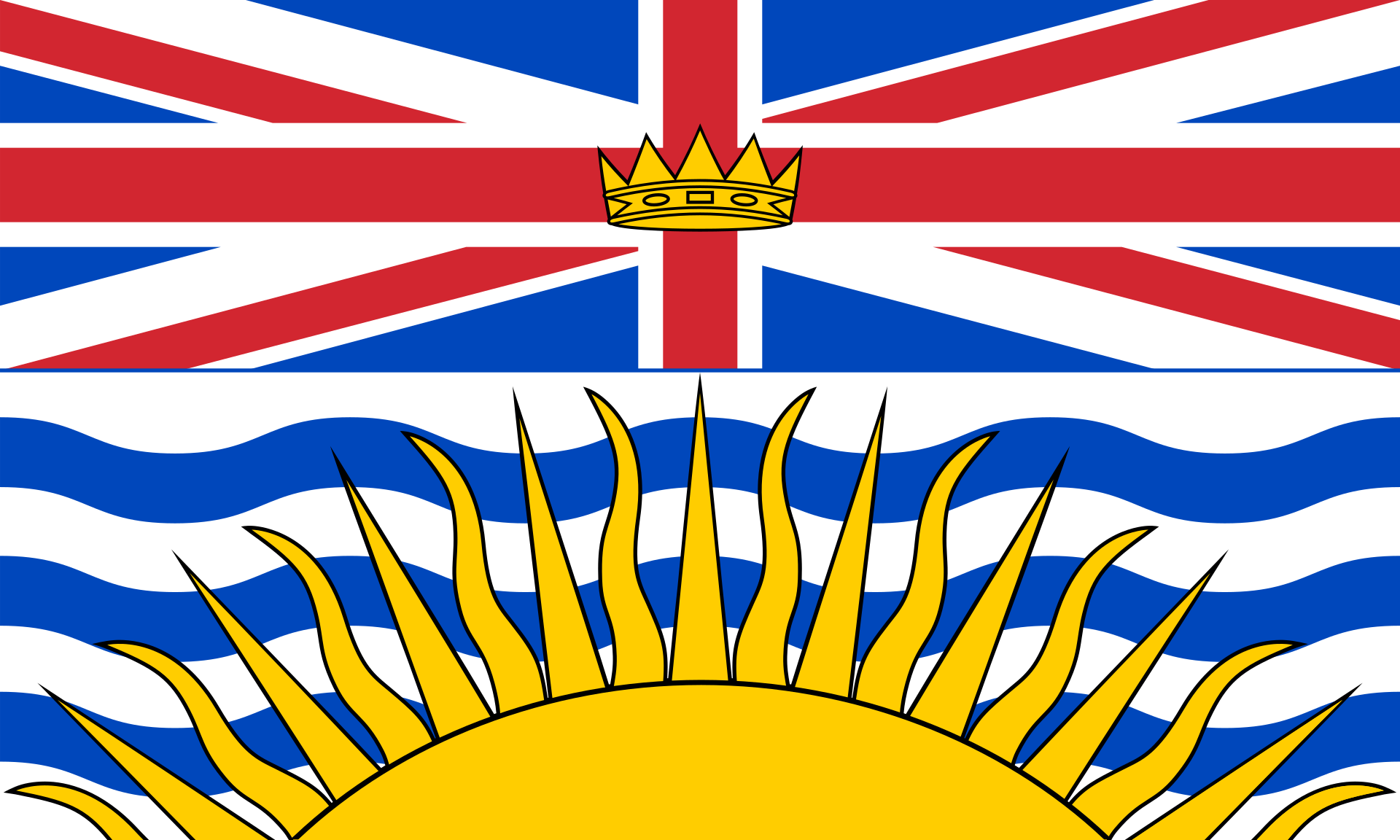 British Columbia-BC
British Columbia-BC
 FIFA
FIFA
 Women's Soccer World Cup 2015
Women's Soccer World Cup 2015
 Canada
Canada

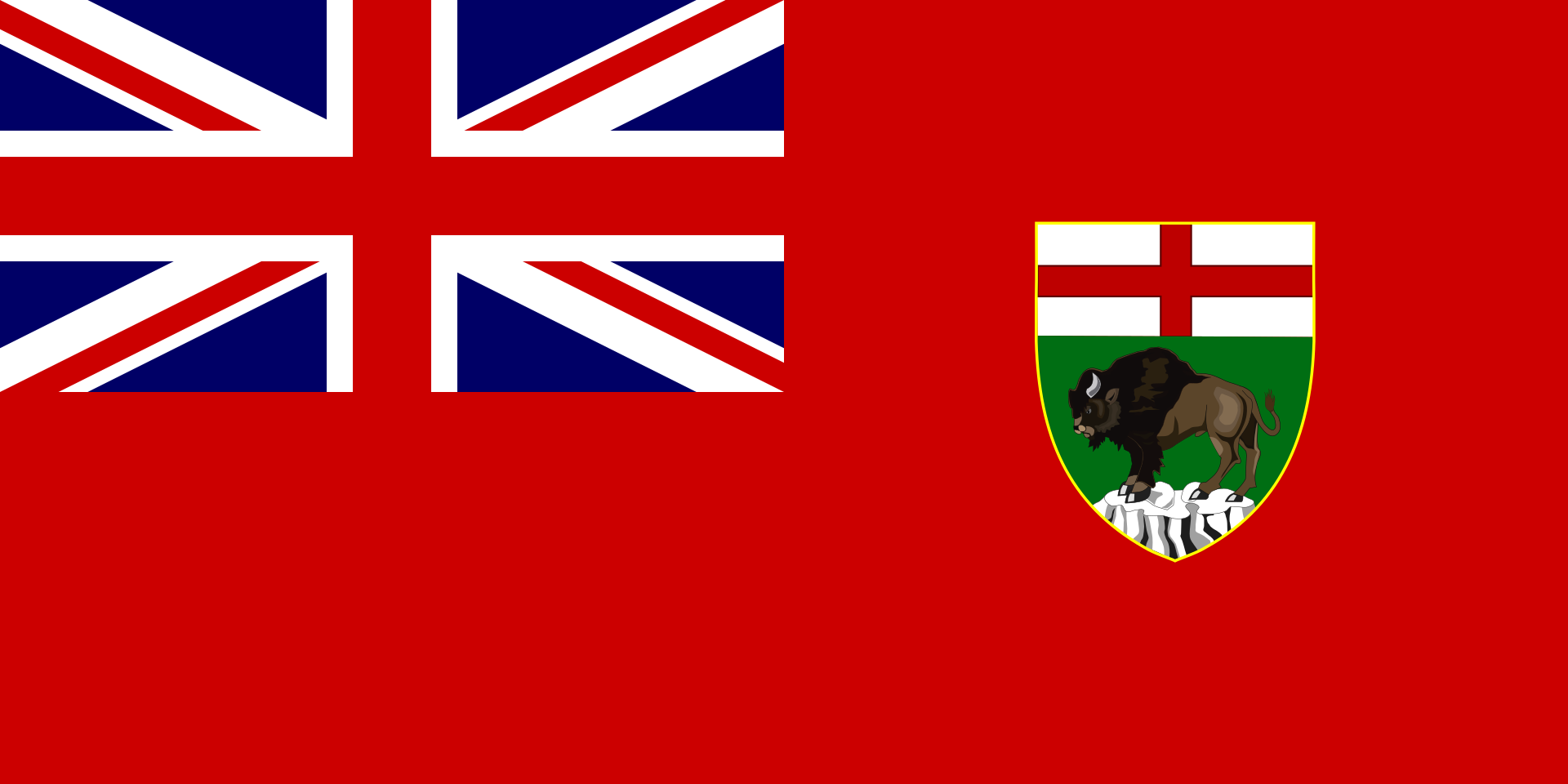 Manitoba-MB
Manitoba-MB

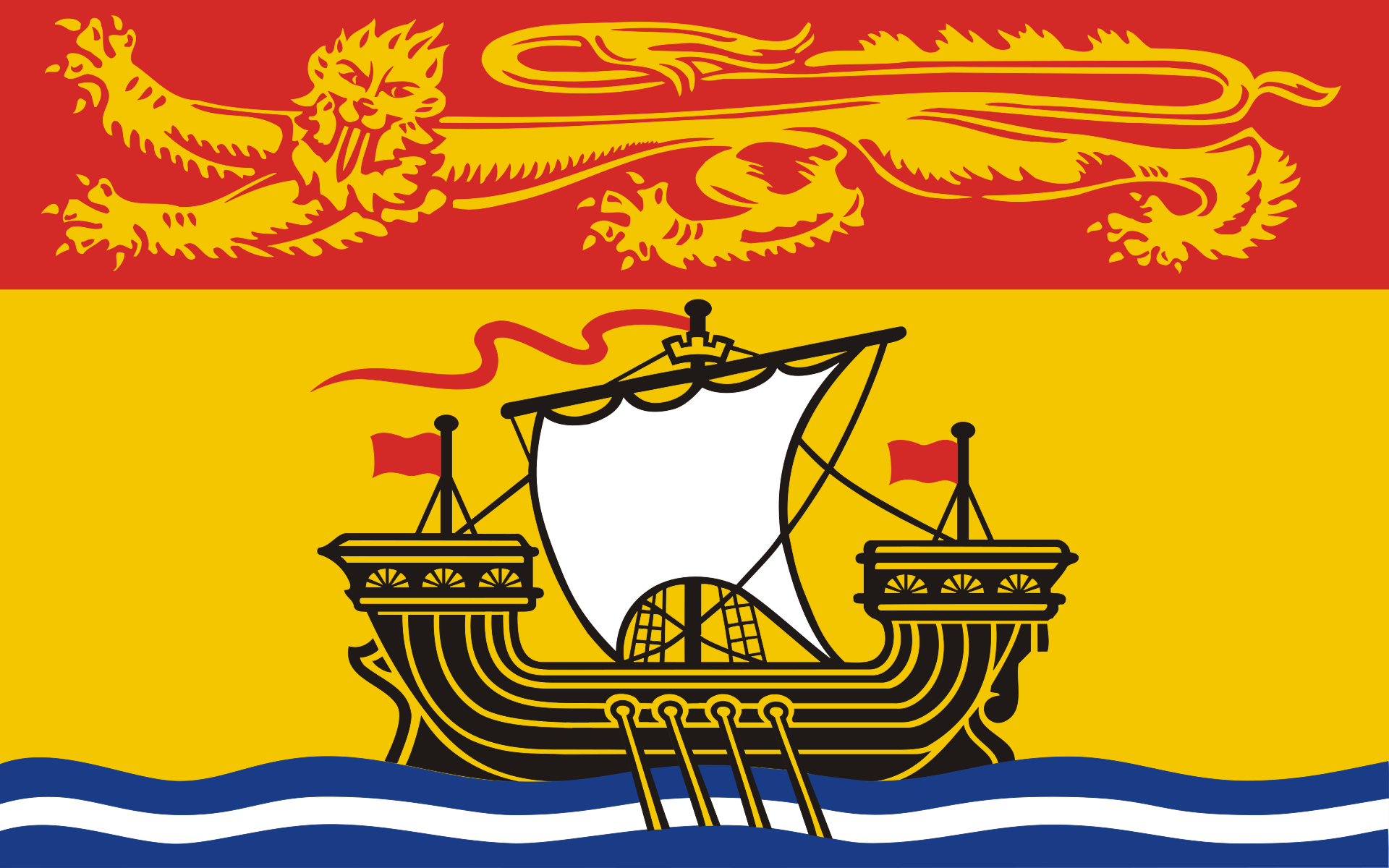 New Brunswick-NB
New Brunswick-NB

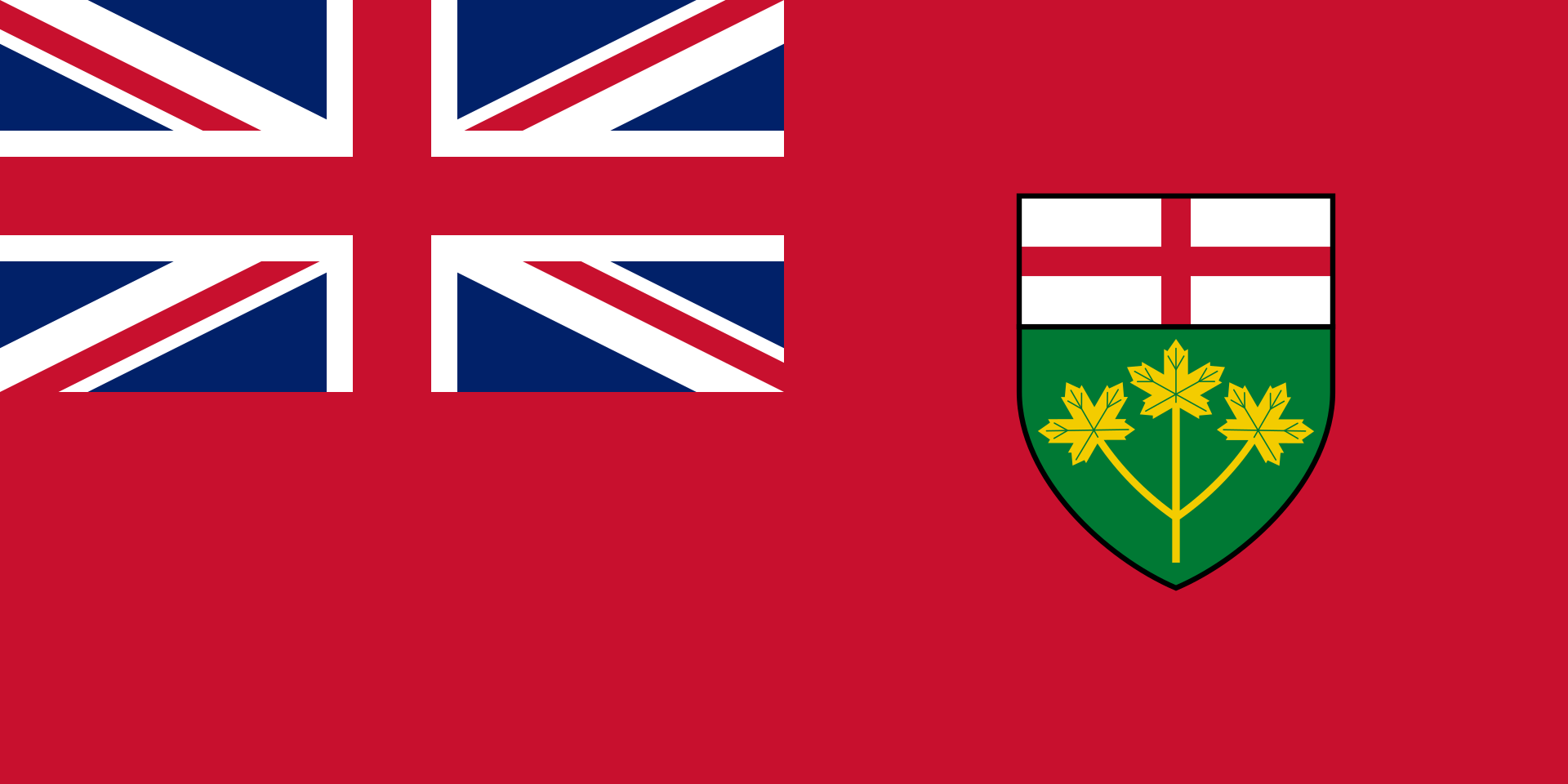 Ontario-ON
Ontario-ON

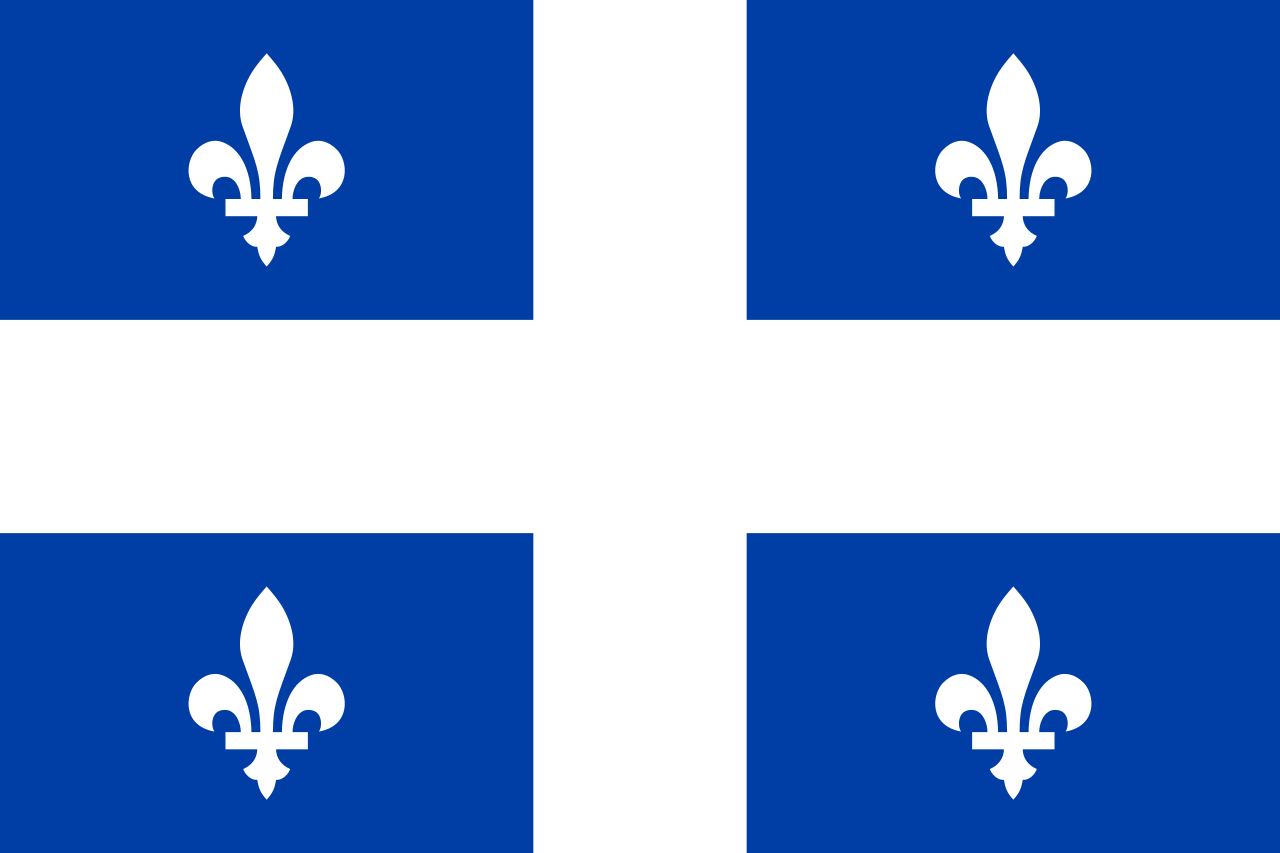 Quebec-QC
Quebec-QC

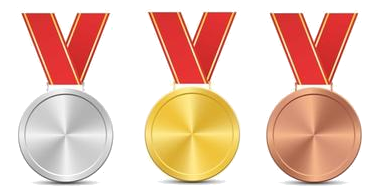 Sport
Sport
 (F)Football World Cup
(F)Football World Cup
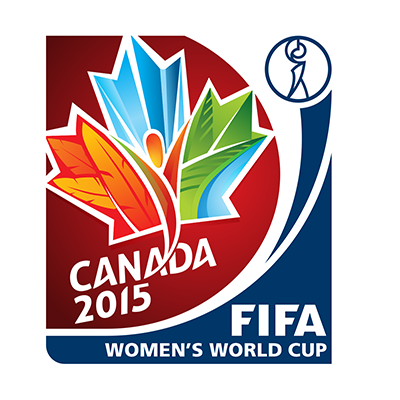
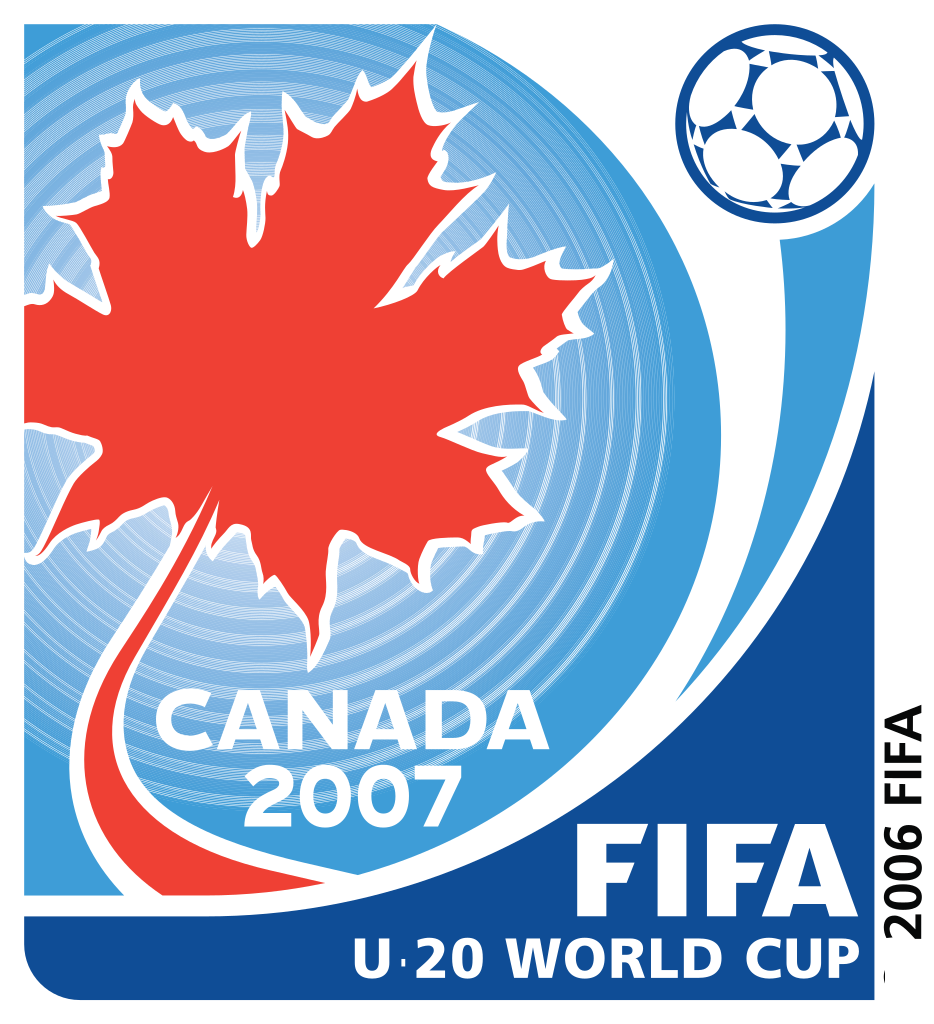
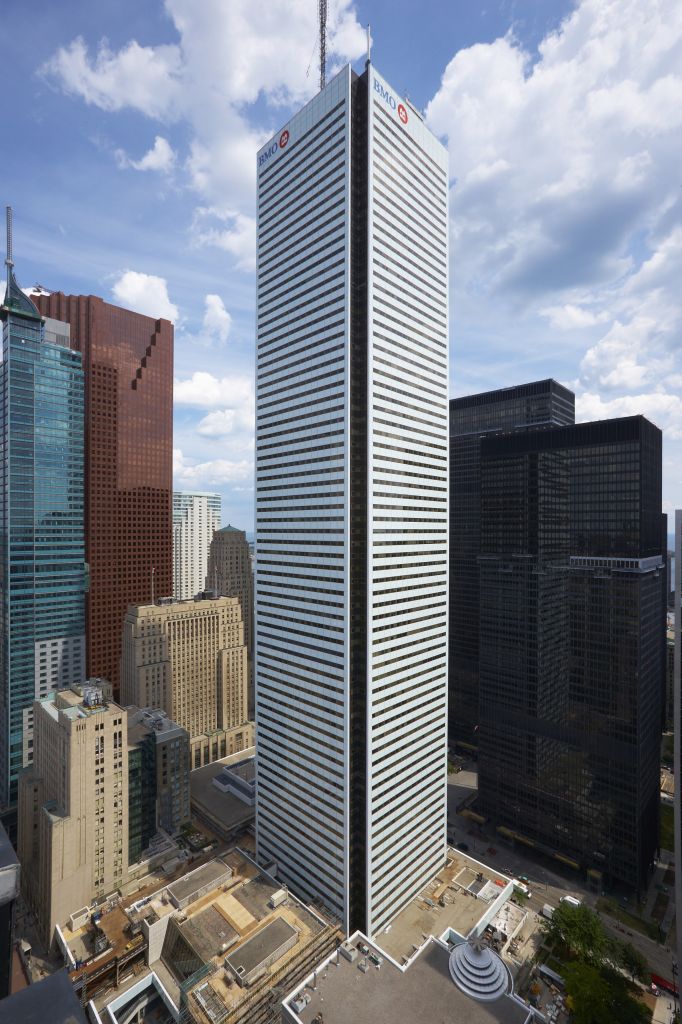




加拿大林业产品协会(FPAC)是一个行业协会,在政府、贸易和环境事务中代表加拿大国内和国际的木材、纸浆和纸张生产商。加拿大的林产品行业每年的产值达 800 亿美元,占加拿大国内生产总值的 2%。
Die Forest Products Association of Canada (FPAC) ist ein Handelsverband, der die kanadischen Holz-, Zellstoff- und Papierhersteller sowohl auf nationaler als auch auf internationaler Ebene in Regierungs-, Handels- und Umweltangelegenheiten vertritt. Die kanadische Forstindustrie ist ein Wirtschaftszweig mit einem Jahresumsatz von 80 Milliarden Dollar, der 2 % des kanadischen BIP ausmacht.
 Azerbaijan
Azerbaijan
 Australia
Australia
 Bahrain
Bahrain
 Belgium
Belgium
 Brazil
Brazil
 China
China
 Germany
Germany
 Formel-1-Weltmeisterschaft 2017
Formel-1-Weltmeisterschaft 2017
 Formel-1-Weltmeisterschaft 2018
Formel-1-Weltmeisterschaft 2018
 France
France
 India
India
 Italy
Italy
 Japan
Japan
 Canada
Canada
 Mexico
Mexico
 Monaco
Monaco
 Austria
Austria
 Russia
Russia
 Switzerland
Switzerland
 Singapore
Singapore
 Spain
Spain

 Sport
Sport
 Hungary
Hungary
 United Arab Emirates
United Arab Emirates
 United States
United States
 United Kingdom
United Kingdom
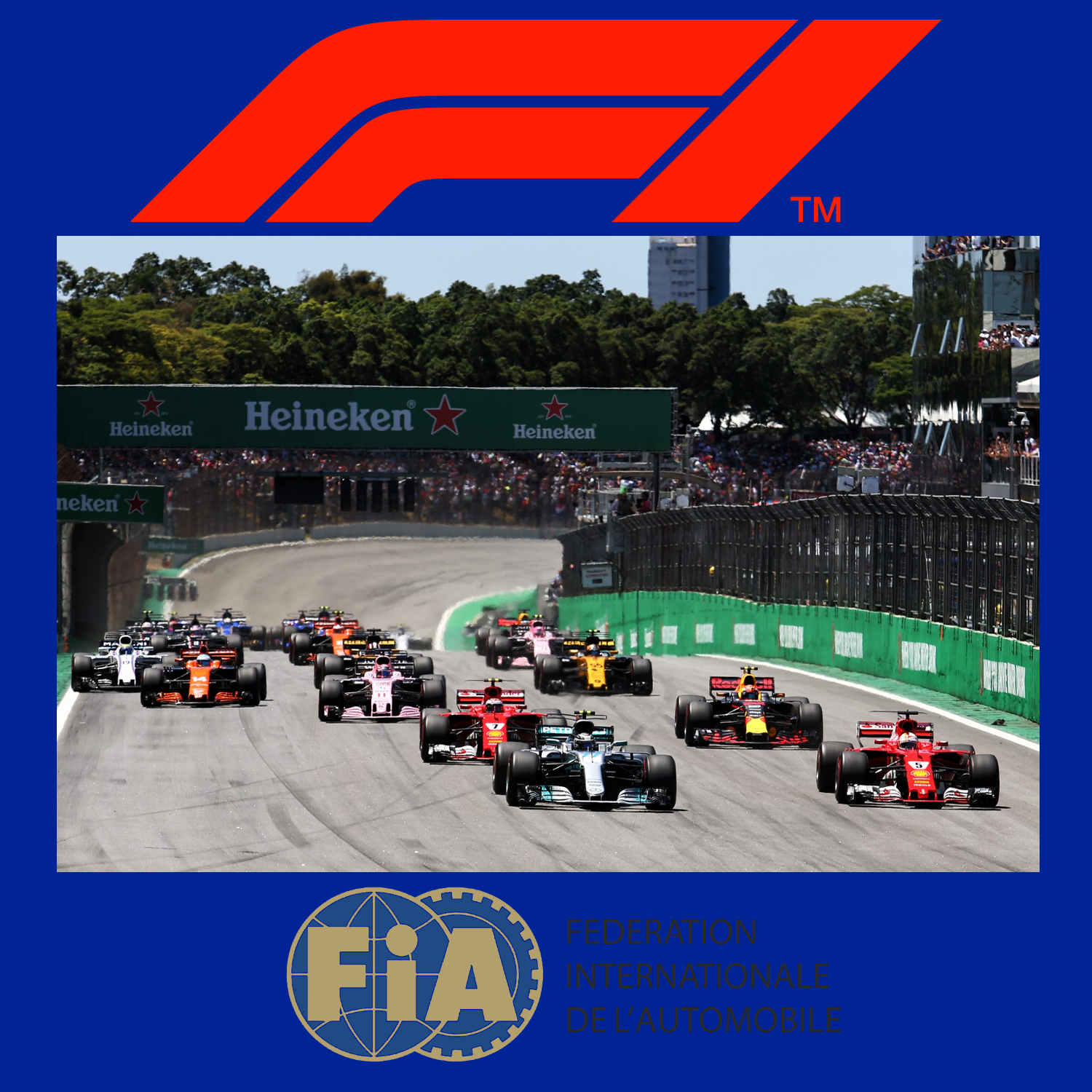
一级方程式赛车(英语:Formula One,也叫Formula 1或者F1)是由国际汽车联盟举办的最高等级的年度系列场地方程式赛车比赛,正式名称为“国际汽车联合会世界一级方程式锦标赛”。名称中“方程式”是指一组所有参赛车辆都必须遵守的规则[1]。F1赛季包括一系列的比赛,而这些所谓的“大奖赛”(Grand Prix,出自法语,本意Great Prizes)的场地是全封闭的专门赛道或者是临时封闭的普通公路。每场比赛的结果算入积分系统并以此确定两个年度世界冠军:一个给车手和另一个给制造商。F1的车手、制造商、组织者以及赛道都必须持有FIA超级驾驶执照,这是国际汽联颁发的最高级别执照。
一级方程式赛车通过产生大量的空气动力学下压力达到非常高的过弯速度,是风靡全球的赛车运动。发动机性能限制在每分钟最多15000转时,其比赛最高速度就可以超过360公里/小时。赛车过弯的横向加速度超过5个标准重力。F1赛车的性能非常依赖电子系统(牵引力控制系统和其他辅助驾驶装置自2008年已被禁止)、空气动力学、悬挂和轮胎。
Die Formel 1 ist eine vom Automobil-Dachverband Fédération Internationale de l’Automobile (FIA) festgelegte Formelserie. Hersteller konstruieren Autos, die den Formel-1-Regeln entsprechen. Diese Autos treten im Rahmen der Formel-1-Weltmeisterschaft zu Rennen in ungefähr 20 Orten pro Jahr an. Am Ende der Saison wird der Fahrer mit den meisten Punkten F1 Fahrerweltmeister und der Hersteller mit den meisten Punkten Konstrukteursweltmeister.
Die Formel 1 ist die höchstrangige von der FIA veranstaltete Rennserie des Formelsports. Sie wird als Königsklasse des Automobilsports bezeichnet, da sie den Anspruch erhebt, die höchsten technischen, fahrerischen, aber auch finanziellen Anforderungen aller Rennserien an Fahrer und Konstrukteure zu stellen. Sie wird auch kurz F1 genannt. Die F1 Weltmeisterschaft heißt offiziell FIA Formula One World Championship, bis 1980 hat sie Automobil-Weltmeisterschaft geheissen.
Formula One (also Formula 1 or F1) is the highest class of single-seater auto racing sanctioned by the Fédération Internationale de l'Automobile (FIA) and owned by the Formula One Group. The FIA Formula One World Championship has been one of the premier forms of racing around the world since its inaugural season in 1950. The "formula" in the name refers to the set of rules to which all participants' cars must conform.[2] A Formula One season consists of a series of races, known as Grands Prix (French for "grand prizes" or "great prizes"), which are held worldwide on purpose-built circuits and public roads.
The results of each race are evaluated using a points system to determine two annual World Championships: one for drivers, the other for constructors. Drivers must hold valid Super Licences, the highest class of racing licence issued by the FIA.[3] The races are required to be held on tracks graded "1" (formerly "A"), the highest grade rating issued by the FIA.[3] Most events are held in rural locations on purpose-built tracks, but there are several events in city centres throughout the world, with the Monaco Grand Prix being the most well-known.
Formula One cars are the fastest regulated road course racing cars in the world, owing to very high cornering speeds achieved through the generation of large amounts of aerodynamic downforce. The cars underwent major changes in 2017,[4] allowing wider front and rear wings, and wider tyres, resulting in cornering forces closing in on 8g and top speeds of up to approximately 375 km/h (230 mph).[5] The hybrid engines are currently limited in performance to a maximum of 15,000 rpm and the cars are very dependent on electronics—although traction control and other driving aids have been banned since 2008—and also on aerodynamics, suspension, and tyres.
While Europe is the sport's traditional base, the championship is truly global, with 11 of the 21 races in the 2018 season taking place outside Europe. With the annual cost of running a mid-tier team—designing, building, and maintaining cars, pay, transport—being US$120 million,[6] Formula One has a significant economic and job-creation effect, and its financial and political battles are widely reported. Its high profile and popularity have created a major merchandising environment, which has resulted in large investments from sponsors and budgets (in the hundreds of millions for the constructors). On 8 September 2016, it was announced that Liberty Media had agreed to buy Delta Topco, the company that controls Formula One, from private equity firm CVC Capital Partners for $4.4 billion in cash, stock, and convertible debt.[7] On 23 January 2017, it was confirmed that the acquisition had been completed, for $8 billion.[8]
La Formule 1, communément abrégée en F1, est une discipline de sport automobile considérée comme la catégorie reine de ce sport. Elle a pris au fil des ans une dimension mondiale et elle est, avec les Jeux olympiques et la Coupe du monde de football, l'un des événements sportifs les plus médiatisés.
Chaque année depuis 1950, un championnat mondial des pilotes est organisé, complété depuis 1958 par un championnat mondial des constructeurs automobiles. La compétition est basée sur des Grands Prix, courses à bord de voitures monoplaces disputées sur circuits routiers fermés permanents mais parfois tracés en ville et temporaires, comme à Monaco, Valence, Singapour, et Bakou.
Cette discipline sportive, régie par la Fédération internationale de l'automobile (FIA), est gérée par la Formula One Administration (FOA) et un ensemble de sociétés satellites contrôlées par Liberty Media. Après l'ère des artisans des années 1960 et 1970, elle a peu à peu attiré les grands constructeurs automobiles mondiaux qui y investissent des sommes élevées, en espérant tirer profit des retombées médiatiques d'éventuels succès. La Formule 1 est considérée comme la vitrine technologique de l'industrie automobile qui y expérimente des nouveautés techniques, parfois issues de la technologie spatiale et susceptibles d'être adaptées ensuite sur les voitures de série.
Outre la compétition, le terme Formule 1 désigne l'ensemble des règles techniques des voitures monoplaces qui sont mises à jour tous les ans par la FIA. Ces règles sont très strictes sur les dimensions des voitures, la cylindrée des moteurs, les technologies mises en œuvre ; elles définissent également les mesures de sécurité des voitures pour assurer la protection du pilote. Les monoplaces de course répondant aux caractéristiques de la réglementation de la Formule 1 sont généralement désignées sous le terme générique de Formules 1.
La Formula 1 o Formula Uno,[1] in sigla F1, è la massima categoria (in termini prestazionali) di vetture monoposto a ruote scoperte da corsa su circuito definita dalla Federazione Internazionale dell'Automobile (FIA).
La categoria è nata nel 1948 (in sostituzione della Formula A, a sua volta sorta solo qualche anno prima, nel 1946), diventando poi a carattere mondiale nella stagione 1950. Inizialmente definita dalla Commissione Sportiva Internazionale (CSI) dell'Associazione Internazionale degli Automobil Club Riconosciuti (AIACR), associazione antesignana della Federazione Internazionale dell'Automobile, oggi la Formula Uno è regolata dal Consiglio Mondiale degli Sport Motoristici (in inglese: World Motor Sport Council, WMSC) della Federazione Internazionale dell'Automobile.
Il termine "formula", presente nel nome, fa riferimento a un insieme di regole alle quali tutti i partecipanti, le macchine e i piloti, devono adeguarsi; esse introducono un numero di restrizioni e specifiche nelle auto, al fine di evitare le eccessive disparità tecniche tra le auto, di porre dei limiti al loro sviluppo e di ridurre i rischi di incidenti. La formula ha avuto molti cambiamenti durante la sua storia. Ad esempio, ci sono stati differenti tipi di motori, con schemi da quattro fino a sedici cilindri e con cilindrate da 1,5 a 4,5 l.
La Fórmula 1, abreviada como F1 y también denominada la «categoría reina del automovilismo»1 o «la máxima categoría del automovilismo»,23 es la competición de automovilismo internacional más popular y prestigiosa, superando a categorías de automovilismo como la NASCAR, el Campeonato Mundial de Rally, el Campeonato Mundial de Turismos o la Fórmula E, entre otras.4 A cada carrera se le denomina Gran Premio y el torneo que las agrupa se denomina Campeonato Mundial de Fórmula 1. La entidad que la dirige es la Federación Internacional del Automóvil (FIA). El Formula One Group es controlado por la empresa estadounidense Liberty Media desde septiembre de 2016.5
Los automóviles utilizados son monoplazas con la última tecnología disponible, siempre limitadas por un reglamento técnico; algunas mejoras que fueron desarrolladas en la Fórmula 1 terminaron siendo utilizadas en automóviles comerciales, como el freno de disco.6 La mayoría de los circuitos de carreras donde se celebran los Grandes Premios son autódromos, aunque también se utilizan circuitos callejeros y anteriormente se utilizaron circuitos ruteros.
El inicio de la Fórmula 1 moderna se remonta al año 1950, en el que participaron escuderías como Ferrari, Alfa Romeo y Maserati. Algunas fueron reemplazadas por otras nuevas como McLaren, Williams, Red Bull y Renault, que se han alzado varias veces con el Campeonato Mundial de Constructores. Las escuderías tienen que planear sus fichajes y renovación de contratos 2 o 3 carreras antes del fin de la temporada. Por su parte, los pilotos deben contar con la superlicencia de la FIA para competir, que se obtiene sobre la base de resultados en otros campeonatos.

 Andorra
Andorra
 Belgium
Belgium
 France
France

 Hand in Hand
Hand in Hand

 Hand in Hand
Hand in Hand
 Institute of Culture and Language
Institute of Culture and Language
 Canada
Canada

 Literature
Literature
 Luxembourg
Luxembourg
 Monaco
Monaco
 Switzerland
Switzerland

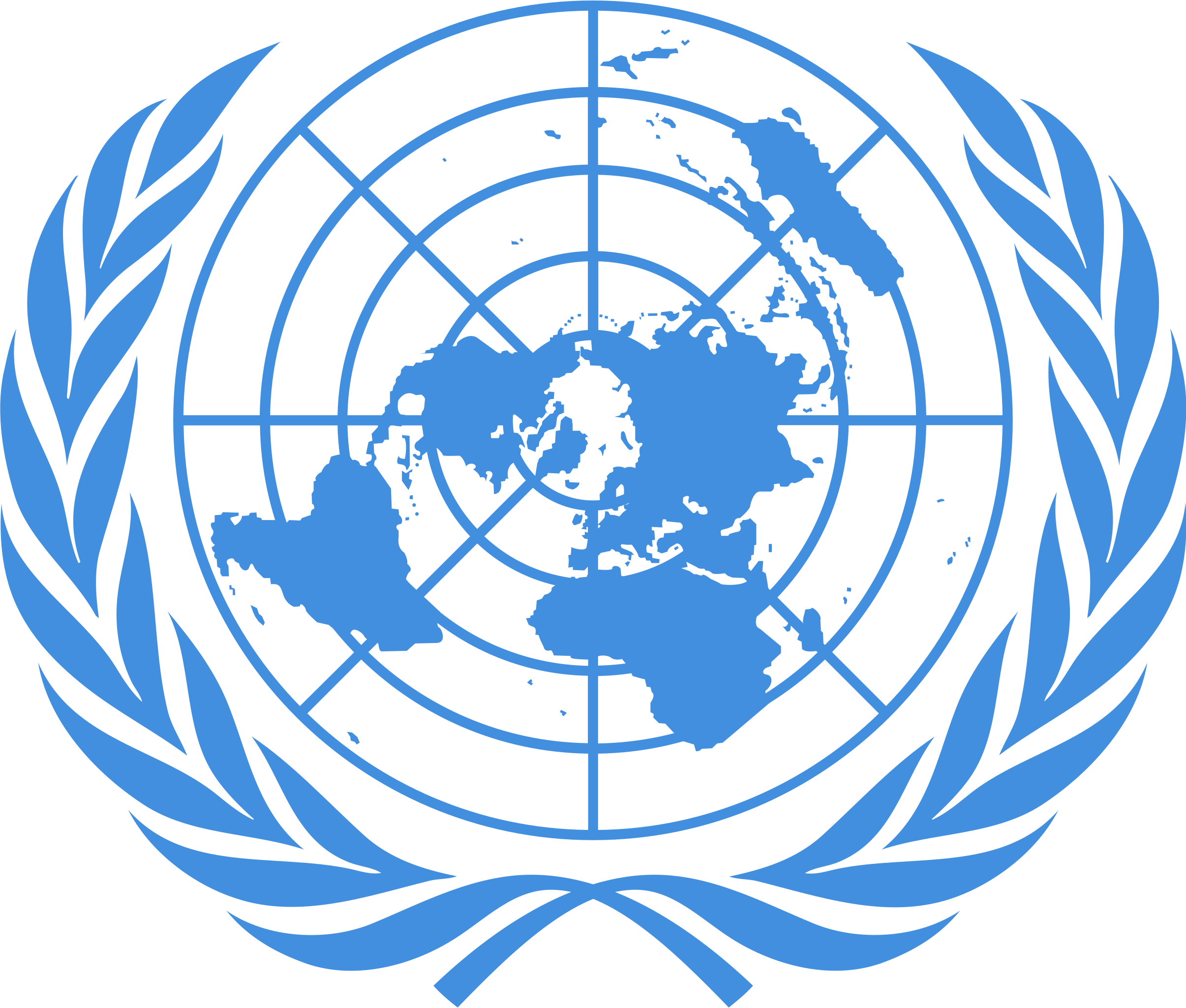 United Nations
United Nations
 Official languages
Official languages
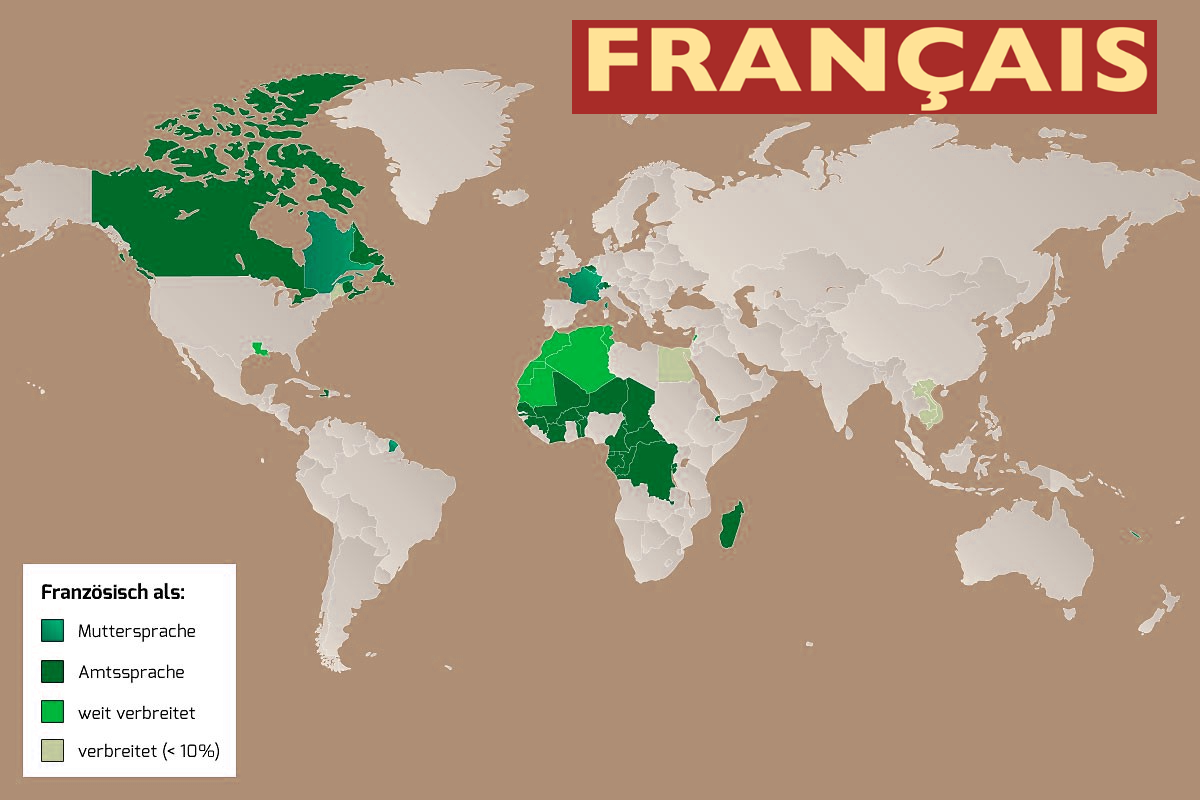
Französisch (Eigenbezeichnung: (le) français [(lə) fʁɑ̃ˈsɛ], (la) langue française [(la) lɑ̃ɡ fʁɑ̃ˈsεz]) gehört zu der romanischen Gruppe des italischen Zweigs der indogermanischen Sprachen. Damit ist diese Sprache unter anderem mit dem Italienischen, Spanischen, Okzitanischen, Katalanischen, Portugiesischen und Rumänischen näher verwandt.
Französisch wird von etwa 235 Millionen Menschen täglich verwendet[3] und gilt als Weltsprache, da es von rund 321 Millionen[4] Sprechern auf allen Kontinenten in über 50 Ländern gesprochen wird.[5]
Französisch ist unter anderem Amtssprache in Frankreich und seinen Überseegebieten, in Kanada, Belgien, der Schweiz, in Luxemburg, im Aostatal, in Monaco, zahlreichen Ländern West- und Zentralafrikas sowie in Haiti, während es im arabischsprachigen Nordafrika und in Südostasien als Nebensprache weit verbreitet ist. Zudem ist es Amtssprache der Afrikanischen Union und der Organisation Amerikanischer Staaten, eine der Amtssprachen der Europäischen Union[6] und eine der sechs Amtssprachen sowie neben Englisch Arbeitssprache der Vereinten Nationen,[7] weiterhin Amtssprache des Weltpostvereins.
Französisch ist die fünftmeistgesprochene Sprache der Welt, im Internet wird sie am vierthäufigsten verwendet,[8] außerdem wird sie weltweit am zweithäufigsten als Fremdsprache erlernt.[9] Im Jahr 2050 werden nach Angaben der OIF weltweit rund 700 Millionen Gesamtsprecher leben.[9]
Auf die französische Sprache wirken normierend ein die Académie française, die sogenannte Loi Toubon (ein Gesetz zum Schutz der französischen Sprache in Frankreich), das Office québécois de la langue française (eine Behörde in Québec), der Service de la langue française (eine belgische Institution zur Pflege der französischen Sprache) sowie die Délégation générale à la langue française et aux langues de France.
法语(法语:français,发音:[fʁɑ̃sɛ] (ⓘ)),属于印欧语系罗曼语族的高卢-罗曼语支。法语和所有罗曼语族语言一样,都是从罗马帝国的拉丁语衍生的,法语从高卢地区(特别是北高卢)的拉丁语口语所演进而来。法语是除英语之外最多国家使用的官方语言、联合国工作语言之一,也是联合国、欧盟、北约、奥运会、世贸和国际红十字会等众多国际组织的官方语言及正式行政语言,其影响力仅次于英语。由于法国和比利时建立的殖民帝国将法语引入美洲、非洲及亚洲等地区,非洲法语成为大部分国家的第二语言,特别是加蓬、阿尔及利亚、摩洛哥、突尼斯、毛里求斯、塞内加尔及科特迪瓦等国[2]。
现时全世界有1亿人将法语作为母语,另有2.8亿人使用法语(包括把它作为第二语言的人),这些数字目前仍在增长中,尤其是在非洲大陆。现今法国法语(français métropolitain)和魁北克法语(québécois)是世界上最主要的两大法语分支,两者在发音与口语词汇上有所区别,但书面形式则一致。
 *Canadian Think Tanks
*Canadian Think Tanks

 British Columbia-BC
British Columbia-BC

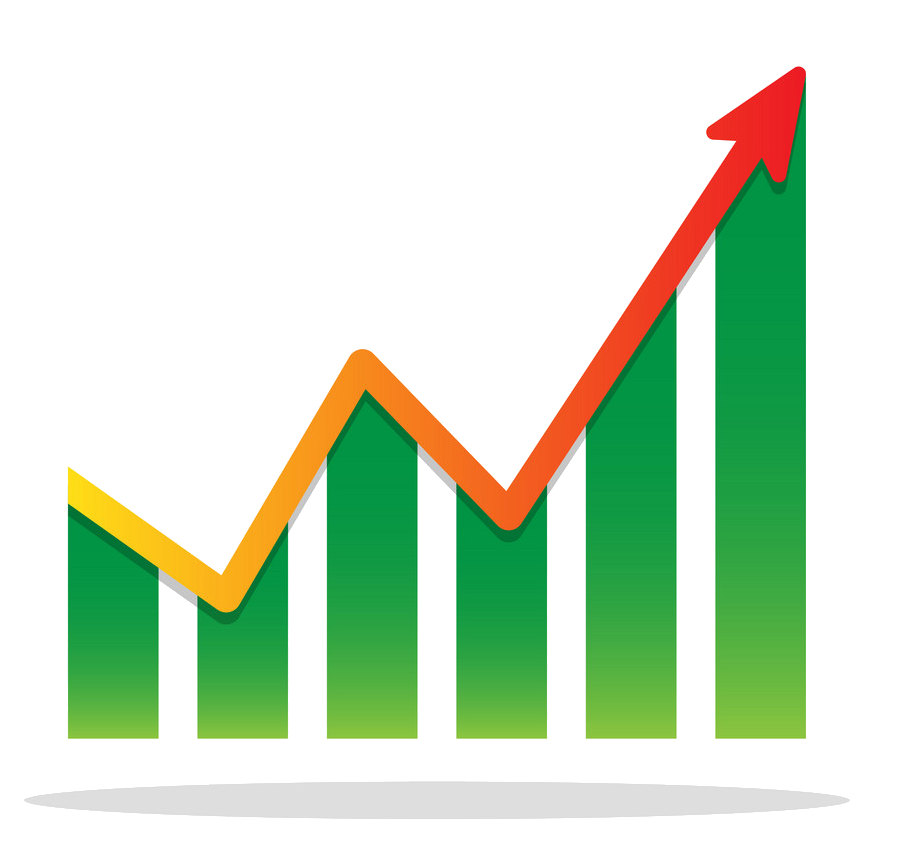 Financial
Financial
 *Canada economic data
*Canada economic data

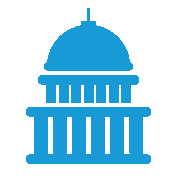 Party and government
Party and government
 *Think Tank
*Think Tank

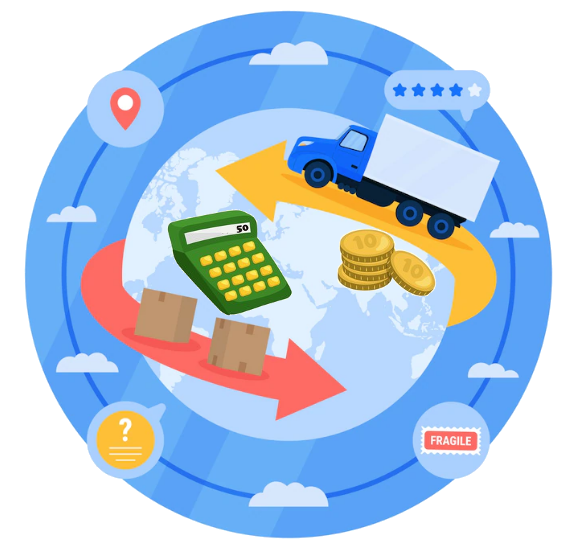 Economy and trade
Economy and trade
 Economic and political research
Economic and political research

 Abdullah ibn Abd al-Aziz
Abdullah ibn Abd al-Aziz
 African Union
African Union
 Bingu wa Mutharika
Bingu wa Mutharika
 Angela Merkel
Angela Merkel
 Association of Southeast Asian Nations,ASEAN
Association of Southeast Asian Nations,ASEAN
 Surin Pitsuwan
Surin Pitsuwan
 Association of Southeast Asian Nations,ASEAN
Association of Southeast Asian Nations,ASEAN
 Nguyễn Tấn Dũng
Nguyễn Tấn Dũng
 Barack Obama
Barack Obama
 Bingu wa Mutharika
Bingu wa Mutharika
 Cristina Fernández de Kirchner
Cristina Fernández de Kirchner
 David Cameron
David Cameron
 Dmitri Anatoljewitsch Medwedew
Dmitri Anatoljewitsch Medwedew
 Felipe Calderón
Felipe Calderón
 Financial Stability Board,FSB
Financial Stability Board,FSB
 Mario Draghi
Mario Draghi

 Financial
Financial
 Generalsekretär der Vereinten Nationen
Generalsekretär der Vereinten Nationen
 Ban Ki-moon
Ban Ki-moon
 Girma Wolde-Giorgis
Girma Wolde-Giorgis
 Goodluck Jonathan
Goodluck Jonathan
 Guido Mantega
Guido Mantega

 Hand in Hand
Hand in Hand
 Herman Van Rompuy
Herman Van Rompuy
 Hu Jintao
Hu Jintao
 International Labour Organization,ILO
International Labour Organization,ILO
 Juan Somavía
Juan Somavía
 Internationaler Währungsfonds
Internationaler Währungsfonds
 Dominique Strauss-Kahn
Dominique Strauss-Kahn
 Jacob Zuma
Jacob Zuma
 Jan Peter Balkenende
Jan Peter Balkenende
 José Luis Rodríguez Zapatero
José Luis Rodríguez Zapatero
 José Manuel Barroso
José Manuel Barroso
 Canada
Canada
 Lee Myung-bak
Lee Myung-bak
 Manmohan Singh
Manmohan Singh
 Naoto Kan
Naoto Kan
 New Partnership for Africa´s Development,NEPAD
New Partnership for Africa´s Development,NEPAD
 Meles Zenawi
Meles Zenawi

 Nicolas Sarközy
Nicolas Sarközy
 OECD
OECD
 José Ángel Gurría
José Ángel Gurría

 Ontario-ON
Ontario-ON
 Recep Tayyip Erdoğan
Recep Tayyip Erdoğan
 Silvio Berlusconi
Silvio Berlusconi
 Stephen Joseph Harper
Stephen Joseph Harper
 Susilo Bambang Yudhoyono
Susilo Bambang Yudhoyono
 Wayne Swan
Wayne Swan
 World Bank
World Bank
 Robert Zoellick
Robert Zoellick

 Economy and trade
Economy and trade
 World Trade Organization
World Trade Organization
 Pascal Lamy
Pascal Lamy
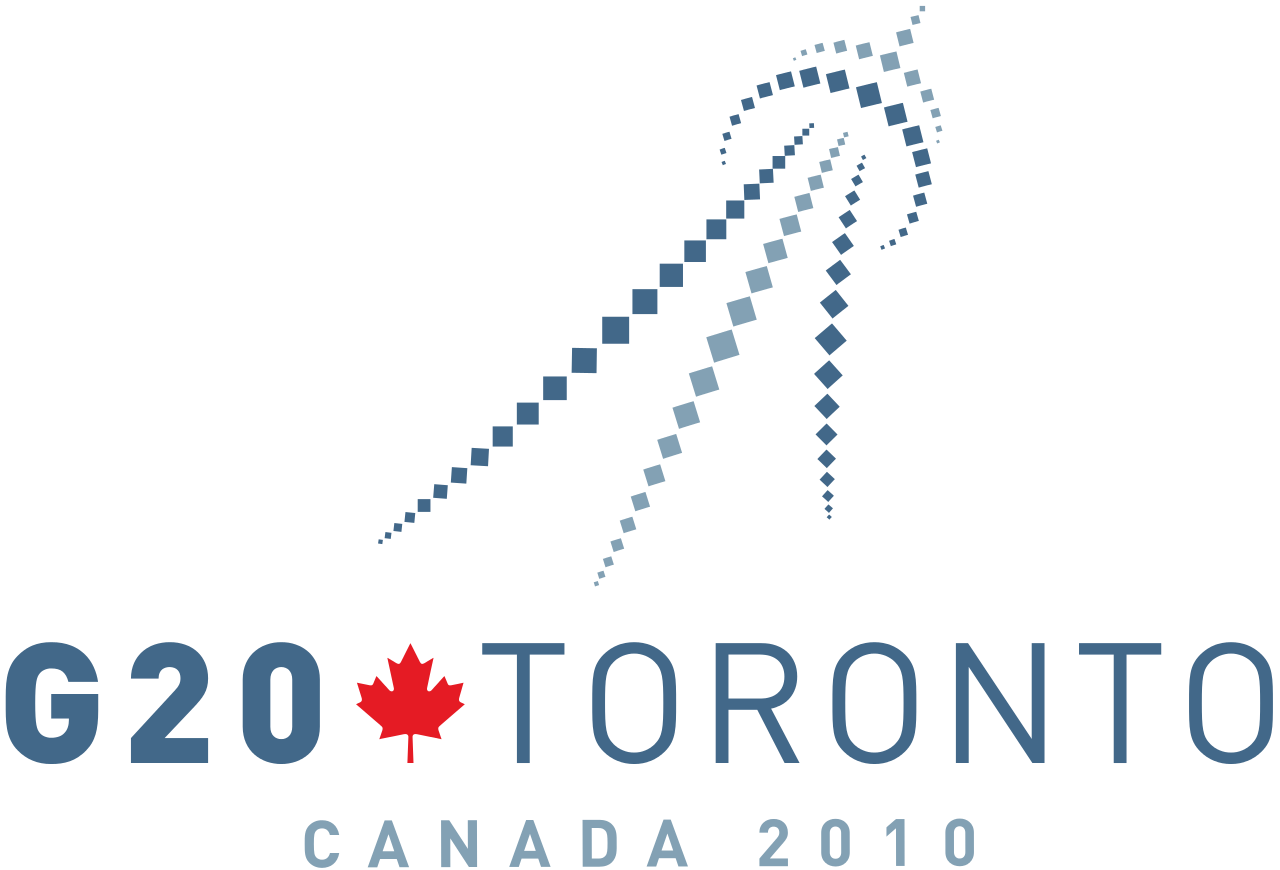
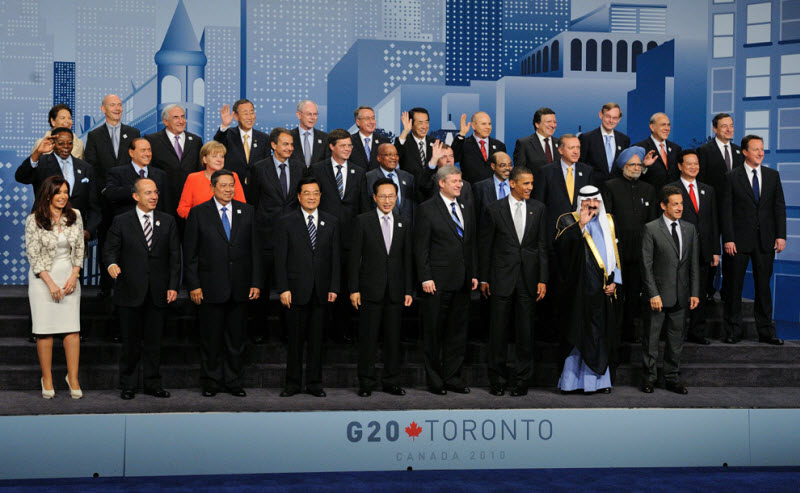
 Architecture
Architecture
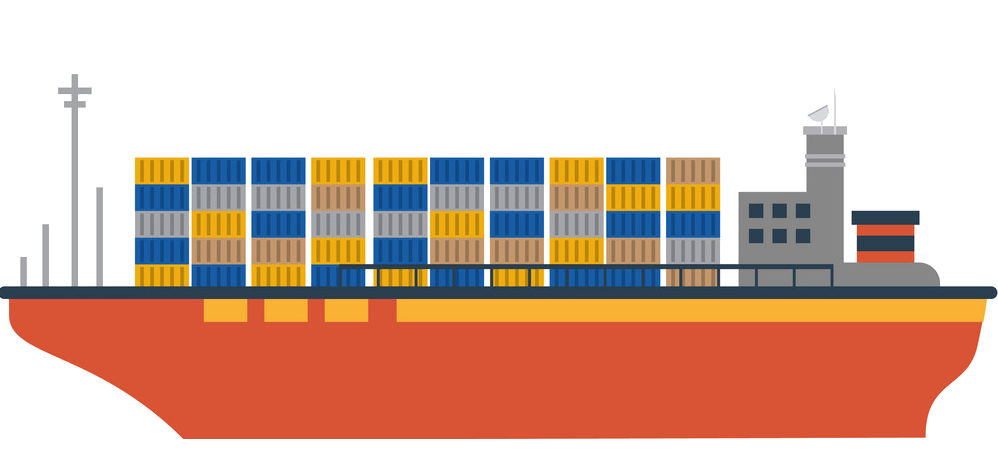 Ships and Nautics
Ships and Nautics
 Transport and traffic
Transport and traffic
 Medical, Pharmaceutical, Rehabilitation
Medical, Pharmaceutical, Rehabilitation
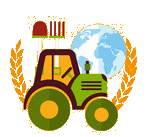 Agriculture, forestry, livestock, fishing
Agriculture, forestry, livestock, fishing
 Motorsport
Motorsport
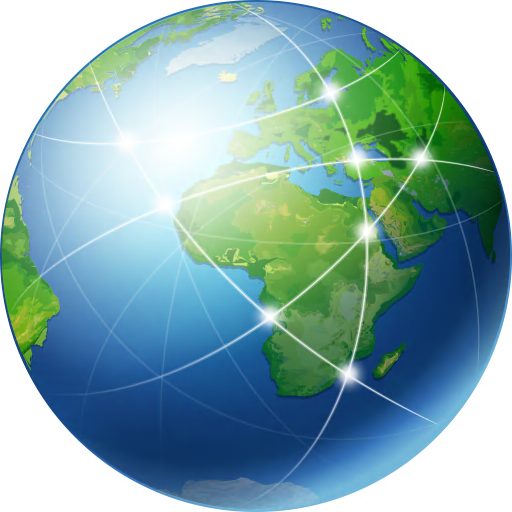 Geography
Geography